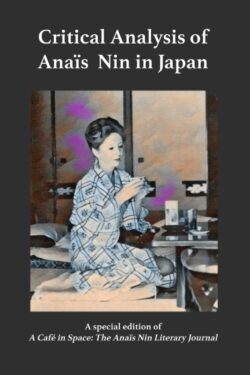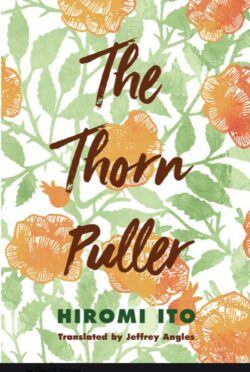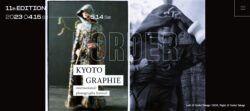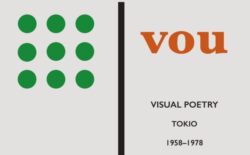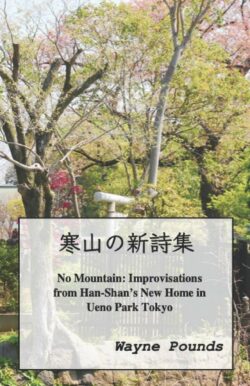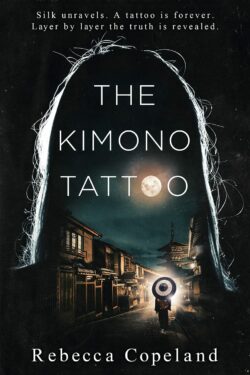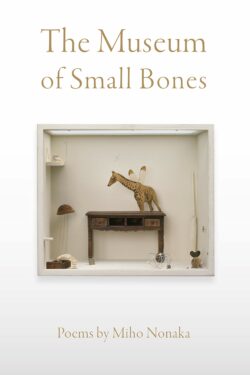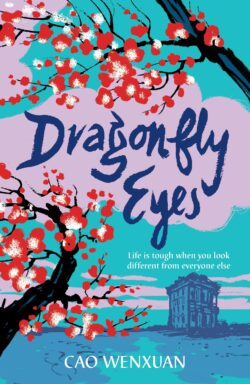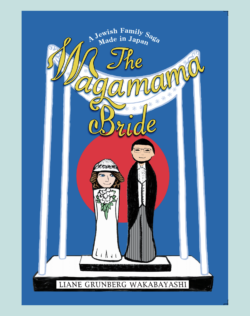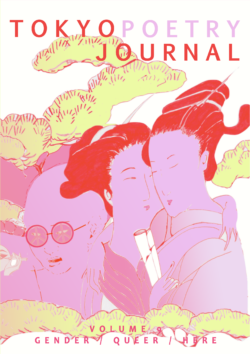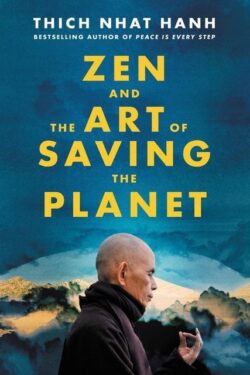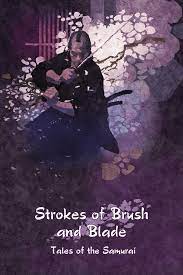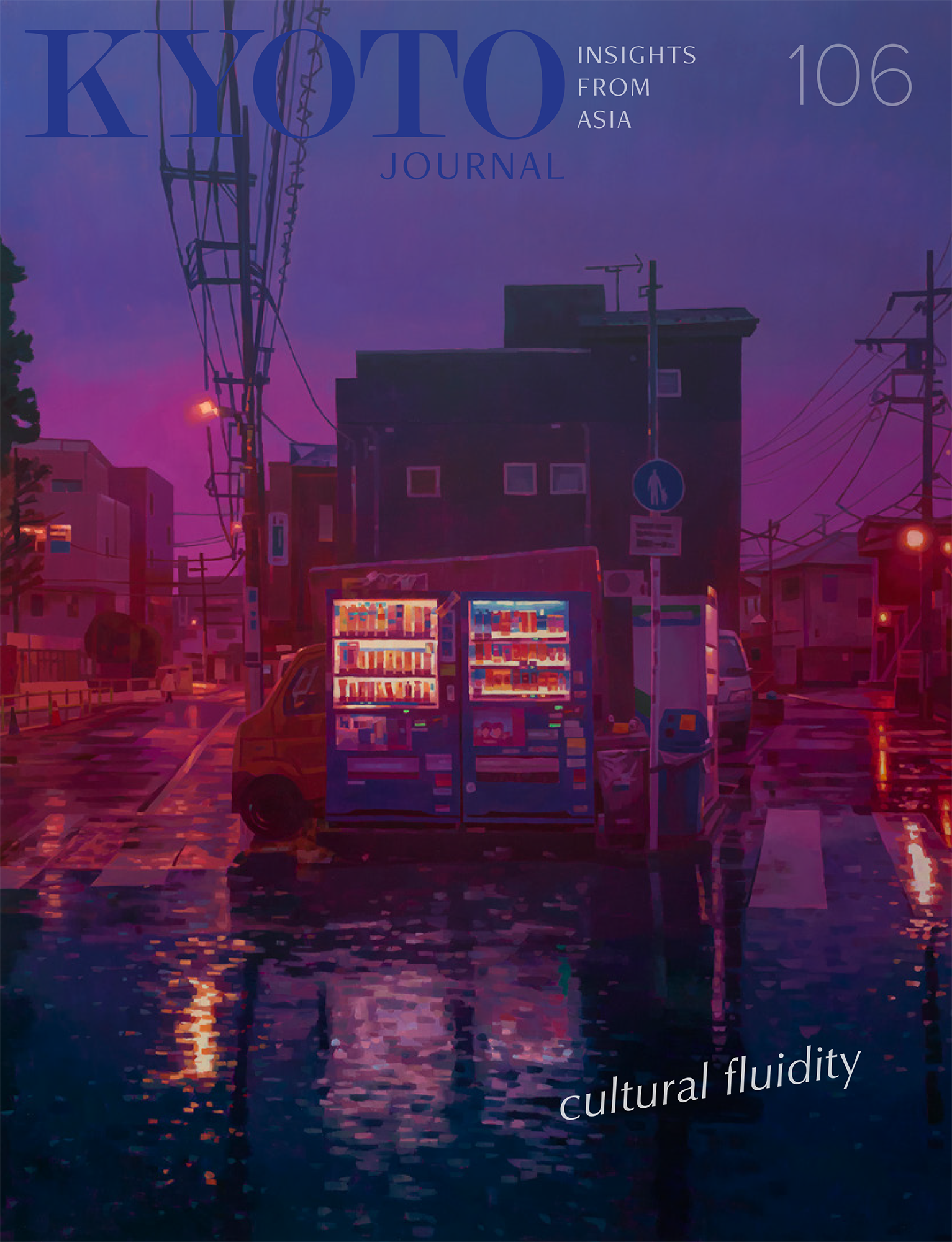Reviews
Searching for the Self
“In Japan,” the French-born American novelist and diarist Anaïs Nin writes in her Diary in the summer of 1966, “I had a weeping fit. The sweetness, kindness, consideration touched me. For once in my life I felt I was treated as I always treated people.”
Read MoreA Zen Life: D.T. Suzuki
As a Nowhere Man, Suzuki was the perfect catalyst for an emerging Western strata of neo-transcendentalists, heirs to Emerson, Thoreau, Whitman, yet burdened with a psychological stigma as America gazed West across the Pacific and envisioned an Asia in ruins.
Read MoreThorns of Suffering
Hiromi Ito’s remarkable work, The Thorn Puller, takes readers on a pilgrimage across time, space, and literary genres. First serialized between 2006 and 2007 in the magazine Gunzō as Thorn Puller: New Tales of the Sugamo Jizō (Toge-nuki Jizō: Shin Sugamo Jizō engi), the work won the Hagiwara Sakutarō Prize in 2007 and the Murasaki Shikibu Prize in 2008 before appearing as a single volume published by Kōdansha in 2011.
Read MorePhotography Without Borders: Kyotographie 2023
One of the pleasures of KYOTOGRAPHIE has always been the opportunity to explore Kyoto spaces that are not normally open even to longtime residents, and to appreciate the imaginative ways in which the exhibitions have been staged in them. This year, the number of main venues has expanded to 15, while their geography has contracted, presumably to accommodate the influx of day trippers and international visitors. At the same time, the number of KG+ satellite exhibitions in far-flung locations around town has increased to 92, in addition to the 10 KG+ Select and 9 Special exhibitions.
Read MoreThirty-One Views of Japan
This book, unique and extraordinary, is full of captivating accounts written by 31 people from all over the world who are living or have lived in Japan. It’s not about what brought them to the Land of the Rising Sun. It’s about the passions and interests that make them stay. “This is a book about the journey from simply living in Japan to actually calling Japan home.”
Read MoreResisting Democracy’s Death by a Thousand Cuts
Part memoir and part manifesto, How to Stand Up to a Dictator is Ressa’s look back at her early life in the Philippines and the United States, a chronicle of her personal rise through the news industry as one of the most respected broadcast journalists in Asia, and her forward-looking call to action to save democratic societies from dying by what she calls “a thousand cuts” of intimidation and injustice that add up over time. The dictator in question here is as much Big Tech as it is Big Brother.
Read MoreMeeting the Challenges of One’s Times
Toshi (1901-1995) is perhaps most famous for her anti-war activism and The Hiroshima Panels, a series of artworks on the aftermath of the atomic bombing, both of which she carried out in conjunction with her husband Maruki Iri. Given this legacy, it is all the more salient that in a late interview she called herself “a war criminal.” Toshi explained that during WWII she took commissions for children’s picture books glorifying the war. Though she did so to prevent from starving, she felt that this did not absolve her of her guilt. The Art of Persistence is about this tension between moral imperative and survival, not only during this particular time but throughout the whole of Toshi’s life.
Read MoreInsights from Sixteen Creative Japanese Ceramicists
There are, for those with the requisite sense, currents, energy flows, and dialogues to be discerned in the Japanese garden. Shunmyo Masuno contends that when arranging rocks, for example, one must “converse” with the stone, waiting “until it seems to speak and say where it wants to be put.” According to some of the subjects of Listening to Clay, a similar collaboration, or consulting, takes place between potters and their material. Artist Michiko Ogawa, for example, is very specific on this point, stating that she attempts to, “listen to what the material has to say,” posing the question, “What does the clay want to be?”
Read MorePoetic Eyes
This anthology, VOU,presents striking visual-poetry (often called “vispo,” by practitioners). Visual-poetry combines visual art and poetic sensibility by manipulating images and letterforms. It’s sassy, cheeky, and sometimes three-dimensional. Vispo is fluid, non-semantic expression that’s beyond the poetic conventions of renga, tanka, waka, haiku, or chōka. The VOU anthology show-cases some of Japan’s finest avant-garde artists. Artists in this anthology have earned international reputations, showing and publishing their creations world-wide.
Read MoreNo Plan B Dream Villanelle
Whether for a single poem, or a single-author collection of poems, inspiration is offered by different muses. It can come from a place and the history of that place; from a disease and all that living with a disease entails; from travel and the changing vistas that moving from place to place, history to history, presents; from poetic form: the shape that words and lines are given. Recent collections by four Japan-based poets are examples of books that grow from just these seeds.
Read MoreKyoto Thrills
An academic out of a job getting by as a translator in Kyoto is approached by a mysterious woman in a kimono who offers her a remunerative job translating a novel, chapter by chapter, as it is written. The ostensible author of the novel, long thought to be dead, is the disowned scion of a family that has been in the kimono business for generations; the novel describes a crime: the murder of a woman with a full-body tattoo designed to look like a kimono.
Read MorePoet between Reality and Dream
In the museum we find relics or remnants or fragments of stories that are not disowned or abandoned; they are contained, enshrined. As readers of Miho Nonaka’s The Museum of Small Bones, we encounter exhibits of a different, ancient ilk. A native of Tokyo, and educated at Harvard and Columbia, among other universities, Nonaka is a bilingual poet/translator who teaches at Wheaton College in Wheaton, Illinois. In this poetry collection, due to her self-confessed restlessness, she pushes forward by small moves, a time-honored tradition.
Read MoreSeeing with Dragonfly Eyes
Novels like Dragonfly Eyes and the acclaimed Cao/Wang title Bronze and Sunflower—also set during the Cultural Revolution, in the countryside—show hopeful struggle amid tragedies playing out in a past so vivid, it could be now. Which is why we need it now. We need its way of storytelling and seeing.
Read MoreInk Dreams and the Space of Effusion
Ma is a favorite topic of Kyoto Journal contributors. The two books under review, companions to site-specific exhibitions presented by the Los Angeles County Museum of Art (LACMA), are overflowing with ma in reproductions of 20th-21st artworks created by artists from East Asia and beyond in a variety of media. The two beautifully printed, these large-format full-color volumes include essays by art historians, curators and other scholars, as well as in-depth artists’ biographies and a sense of the dynamic cross-cultural milieux in which they lived.
Read MoreLost in Tokyo
William Olsson’s adaptation of Catherine Hanrahan’s semi-autobiographical novel Lost Girls & Love Hotels (September 2020) is a visceral inquiry into trauma, survival and the people who help us see the light at the end of the tunnel.
Although the main character, Margaret’s (Alexandra Daddario) background remains elusive, cinematographer Kenji Katori conveys the duality of her frame of mind through shifting surroundings, offering a riveting sensory experience.
An Addict’s Memories
The city Robert Whiting stepped into in 1962 bore little resemblance to the urban utopias of its ambitious future architects and town planners. The capital’s long-suffering residents stoically put up with contaminated rivers, suspect tap water, the extraction of night soil by suction trucks, and legions of rats. In the short interim between the end of the war and the author’s arrival, Tokyo’s hastily created, prefabricated structures were already in an advanced state of decomposition. Surveying the broken, odiferous city, ravenous crime groups, known as yakuza, closed in like hyenas…
Read MoreFinding Her Inner Jewish Soul in Japan
It has been common for several decades for Westerners in Japan to seek enlightenment and spiritual comfort in Buddhism and other Asian religions. It’s a well-traveled road, but Liane Wakabayashi’s path to spirituality in Japan, as depicted in this book, is unique. A native New Yorker and a not-strictly-observant conservative Jew, Liane Grunberg (later Wakabayashi) first came to Japan to cover blockbuster art exhibitions held in department stores for a Conde Nast magazine in 1985 and then again in 1987. She lost her return ticket the second time and ended up staying…
Read MoreThe Possibly Enlightened Aplomb of John Solt
Best known as a “Japanologist” (a term he might reject) for his critical study Shredding the Tapestry of Meaning: The Life and Poetics of Kitasono Katue, John Solt is less known for his poetry. This collection, Poems for the Unborn, lovingly, methodically, assembled and presented here bilingually in hardcover, a coup of book design by Tetsuo Haketa, is drawn from the contributions Solt has made over 30 years to the private coterie organ, gui, an ongoing journal based in Tokyo.
Read MoreRequired Reading
Editor Barbara Summerhawk explains in her useful introduction to the “Gender / Queer / Here” issue of the Tokyo Poetry Journal that in selecting the poets whose work appears in this volume she was taking a big tent approach: “ . . . there are no divisions in this book between lesbian/gay/bi/trans/intersex/asexual/ally; some poets have chosen to identify themselves a certain way in their bios, others have not.”
Read MoreA Silent Sage on the State of the World
Zen and the Art of Saving the Planet takes many of the greatest hits of Nhat Hanh and presents them as a single, running discourse on the perilous state of the world and how the Vietnamese Zen sect of Buddhism with which Nhat Hanh is affiliated — especially the socially active brand of “engaged Buddhism” he made popular in both the East and West — offers a viable road out of this human-created morass.
Read MoreA Cut Above
The samurai is iconic to Japanese history. These two titles provide the reader with engaging depictions of an ancient warrior culture. Strokes of Brush and Blade: Tales of the Samurai is a collection of historical short fiction by modern Japanese authors. Forty-seven Samurai: A Tale of Vengeance and Death in Haiku and Letters was written in English by Hiroaki Sato, prolific Japanese author and translator.
Read More
